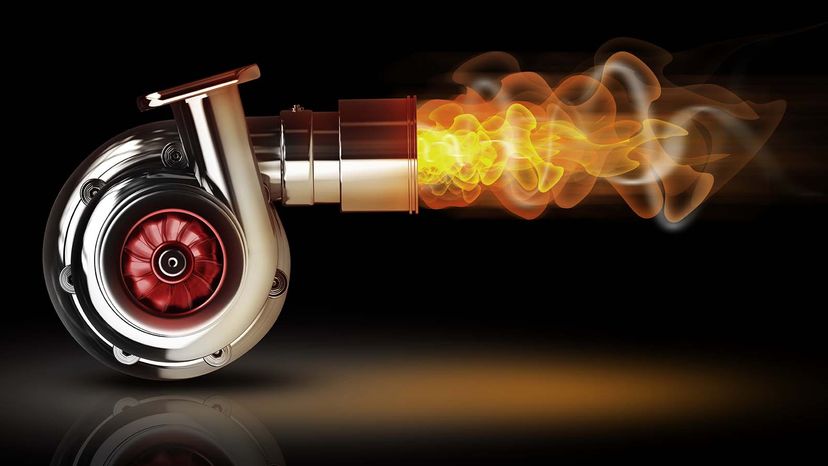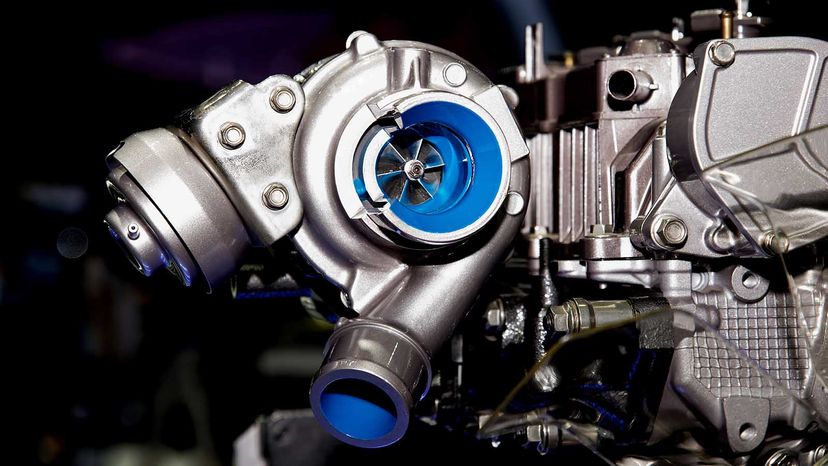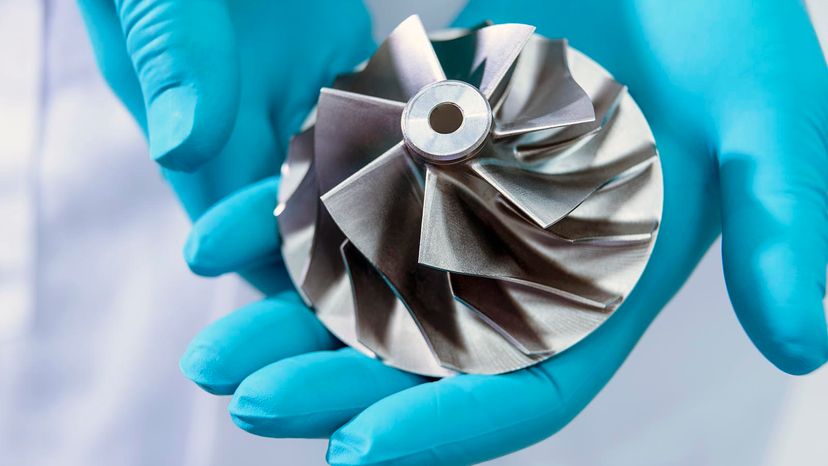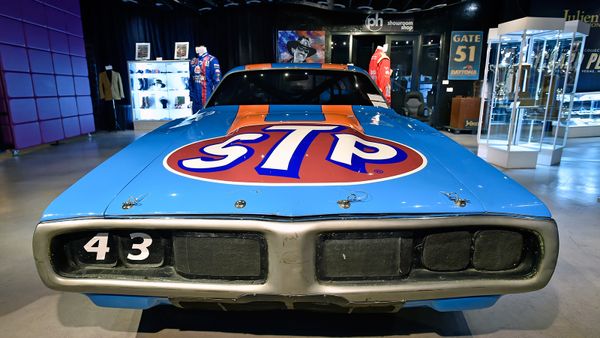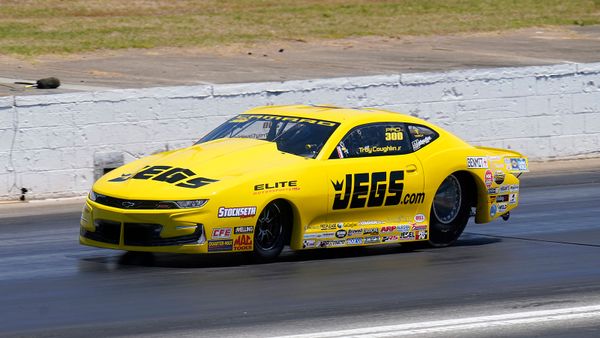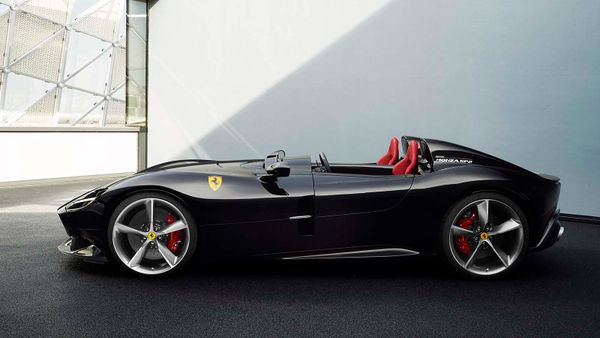Some engines use two turbochargers of different sizes. The smaller one spins up to speed very quickly, reducing lag, while the bigger one takes over at higher engine speeds to provide more boost.
When air is compressed, it heats up; and when air heats up, it expands. So some of the pressure increase from a turbocharger is the result of heating the air before it goes into the engine. In order to increase the power of the engine, the goal is to get more air molecules into the cylinder, not necessarily more air pressure.
An intercooler or charge air cooler is an additional component that looks something like a radiator, except air passes through the inside as well as the outside of the intercooler. The intake air passes through sealed passageways inside the cooler, while cooler air from outside is blown across fins by the engine cooling fan.
The intercooler further increases the power of the engine by cooling the pressurized air coming out of the compressor before it goes into the engine. This means that if the turbocharger is operating at a boost of 7 psi, the intercooled system will put in 7 psi of cooler air, which is denser and contains more air molecules than warmer air.
A turbocharger also helps at high altitudes, where the air is less dense. Normal engines will experience reduced power at high altitudes because for each stroke of the piston, the engine will get a smaller mass of air. A turbocharged engine may also have reduced power, but the reduction will be less dramatic because the turbo's air compression abilities will offset most of the effects of the thinner air.
The fuel-injection systems in today's cars rely on oxygen sensors in the exhaust to determine if the air-to-fuel ratio is correct, so they will automatically increase the fuel flow if a turbo is added. If a turbocharger with too much boost is added to a fuel-injected car, the system may not provide enough fuel. Either the software programmed into the controller will not allow it, or the pump and injectors are not capable of supplying it. In this case, other modifications will have to be made to get the maximum benefit from the turbocharger.
This article was updated in conjunction with AI technology, then fact-checked and edited by a HowStuffWorks editor.
